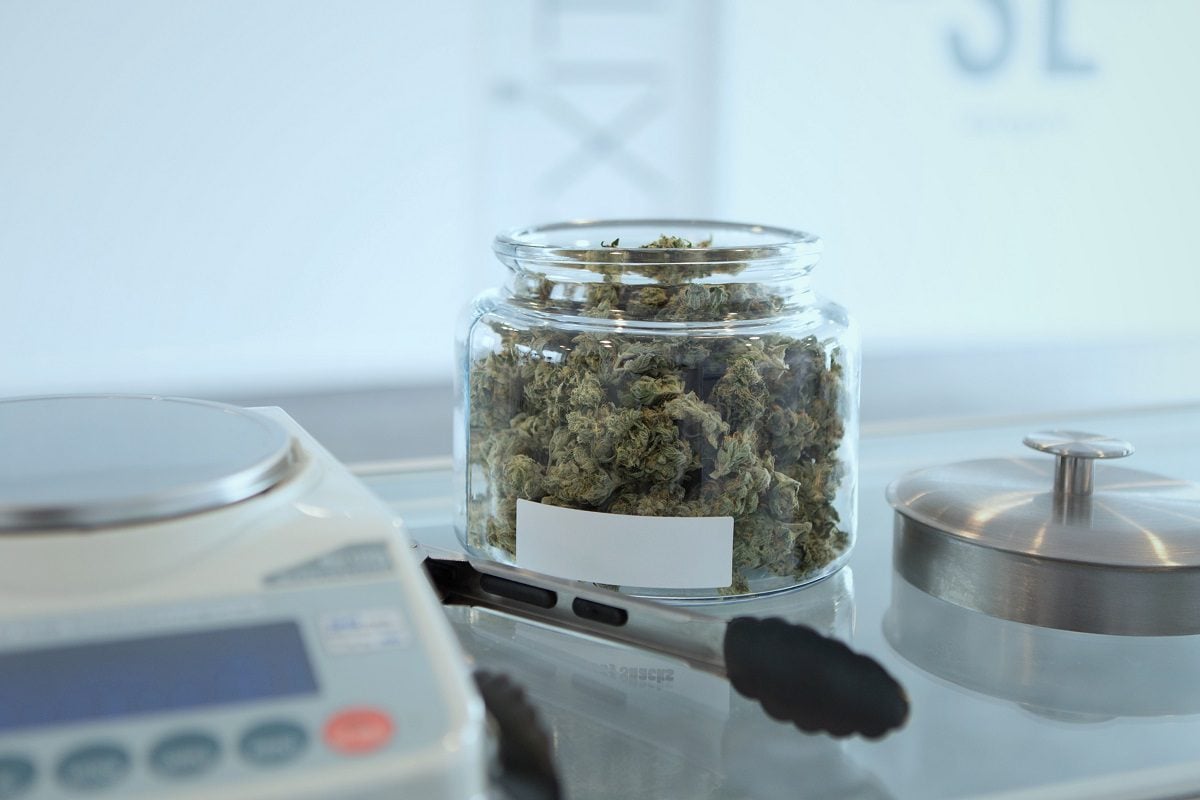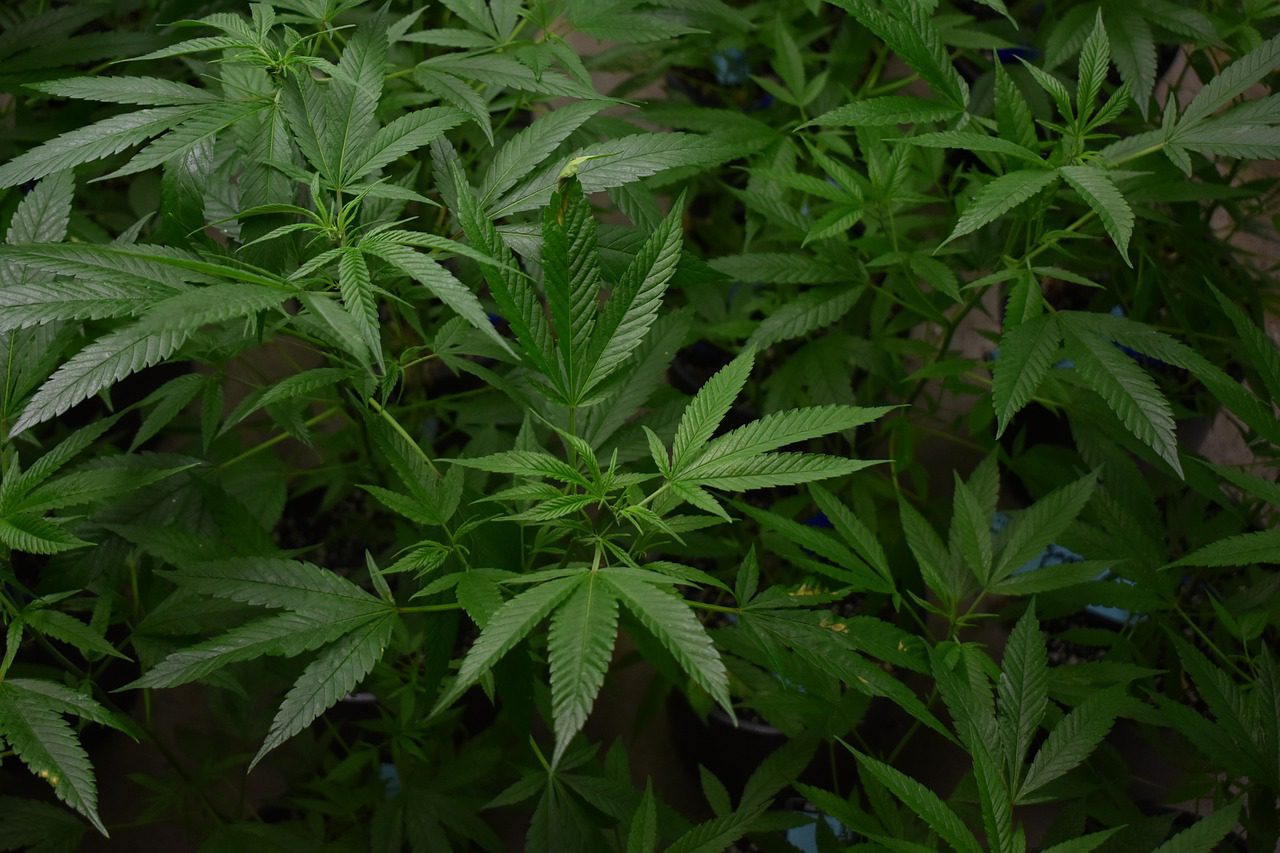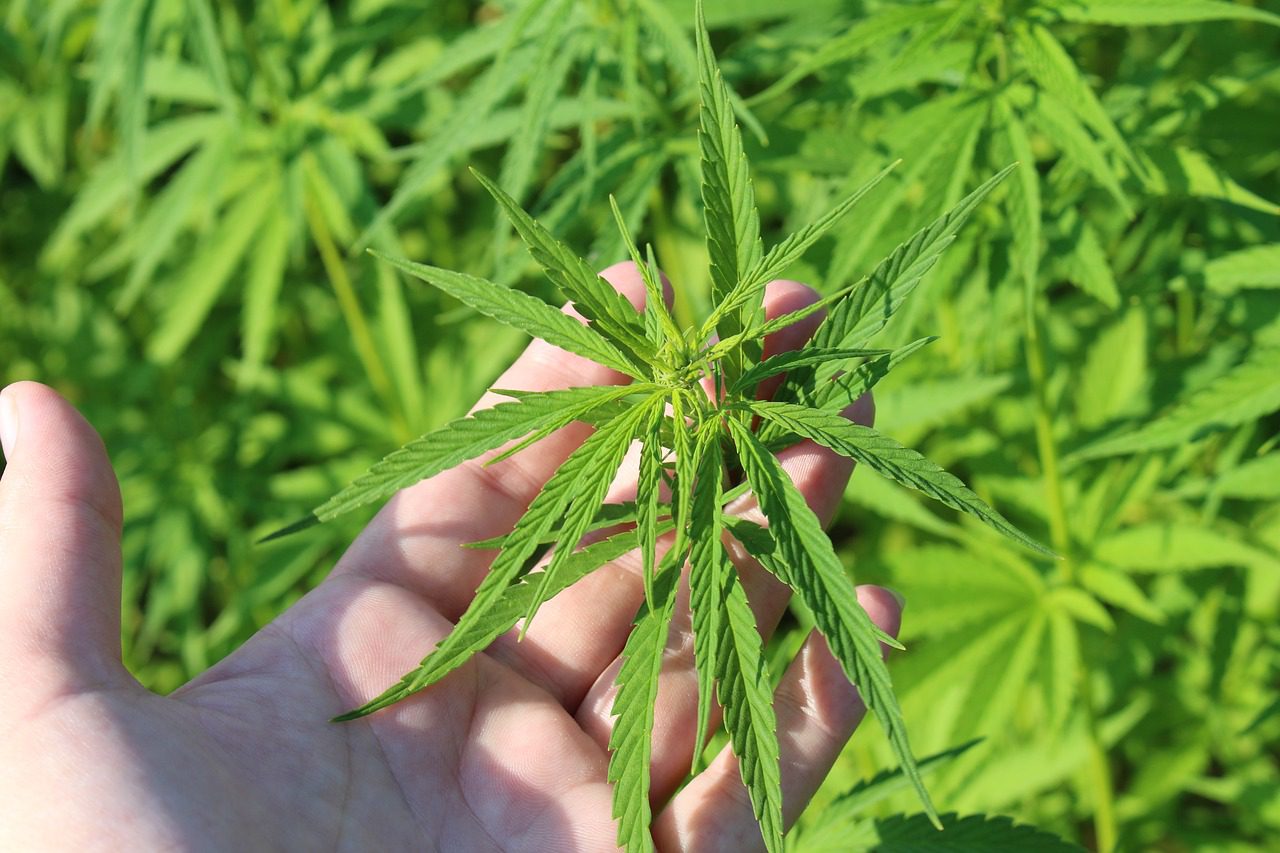When you become a medical marijuana patient, you quickly learn that purchasing your medication is more complicated than simply filling a prescription. When you visit a dispensary, you must choose not only the delivery method (e.g. dry cannabis flower vs. edibles and tinctures) but also decide which of the medical marijuana strains is best for your condition.
Often, there are dozens of cannabis strains to choose from, each with its own unique cannabinoid profile. It can all be a bit overwhelming, but you don’t have to know the nuances of one medical marijuana strain vs. the next (the doctor or budtender can usually assist you with that). To be an informed buyer, you just need a basic understanding of the two main cannabis subspecies: indica and sativa.
Difference Between Medical Indica and Sativa Marijuana Strains
The cannabis herb is split into three subspecies: indica, sativa, and ruderalis. Because ruderalis plants are small and impractical for medicinal purposes, they’re generally not favored by breeders, cultivators, or patients. When you shop for cannabis, your options will almost always be divided among sativa and indica strains—and also sativa-indica hybrids, but more on that later.
In order to understand how indicas differ from sativas, it’s important to recognize how cannabinoids work. Cannabinoids are the active chemical compounds found in cannabis. The best-known cannabinoids are tetrahydrocannabinol (THC) and cannabidiol (CBD).
THC is the psychoactive compound responsible for the “high” associated with cannabis. CBD is a non-psychoactive compound that may offer certain medicinal benefits like anxiety relief and inflammation relief.
Indica strains are known for having moderate levels of both THC and CBD.
Sativa strains are known for having high levels of THC and low levels of CBD.
In addition, the effects of cannabis are influenced by terpenes, fragrant plant oils that interact with the cannabinoids and heighten certain medicinal effects. These interactions make up what’s commonly known as the “entourage effect.”
Indica Strains for Medical Purposes
Though there are exceptions to the rule, a typical indica plant is short and bushy with wide leaves. It grows more quickly than sativa plants and has a higher yield. Because these plants have more CBD and less THC than their sativa cousins, they’re known for impacting the body more than the brain. The higher CBD concentration may help to curb the psychoactive effects of THC, allowing for a more physical and less cerebral effect.
Popular Medical Indica Strains:
- Blueberry Kush
- Bubba Kush
- Northern Lights
- Platinum Kush
- Skywalker
Common Medicinal Uses for Indicas Include:
- Pain relief
- Anxiety relief
- Muscle tension relief
- Relaxation
- Sleep
- Nausea relief
Many of these effects are believed to be linked specifically to CBD. For instance, studies have shown that CBD may provide relief for insomnia, anxiety, arthritis, inflammation, and other physical conditions. Indicas are often recommended for evening use because of their potential for promoting sleep. This type of strain may be recommended if you use medical marijuana for one of the following conditions:
- Anxiety Disorders
- Arthritis
- Cancer
- Crohn’s Disease
- Epilepsy
- Fibromyalgia
- Inflammation
- Lupus
- Multiple Sclerosis
- Obsessive-Compulsive Disorder
- Panic Attacks
- Parkinson’s Disease
- Post-Traumatic Stress Disorder
- Sleep Apnea
Sativa Strains for Medical Purposes
Cannabis sativa plants are generally tall with thin leaves. They take longer to grow than indicas, and they require more light. Because they have only trace amounts of CBD and high concentrations of THC, they tend to have a much more cerebral effect. THC is noted for promoting feelings of euphoria, which may explain in part why sativas are energizing, mood-elevating, and often recommended for daytime use.
Popular Medical Sativa Strains:
- Green Crack
- Jack Herer
- Pineapple OG
- Sour Diesel
- Super Lemon Haze
Common Medicinal Uses for Sativas Include:
- Increased energy
- Depression relief
- Increased focus
- Increased appetite
- Relief of chronic pain
A sativa may be recommended if you use medical marijuana for one of the following conditions:
- ADHD
- Alzheimer’s Disease
- Bipolar Disorder
- Depression
- Glaucoma
- HIV/AIDS
[fl_builder_insert_layout id=13138]
Hybrid Strains for Medical Purposes
Many cannabis cultivators are cross-breeding sativa and indica strains to create unique hybrids. Hybrid medical cannabis strains may contain a 50/50 ratio of sativa to indica, or they may be 60/40 or even 90/10. If one strain is dominant, the effects of that strain will be more noticeable.
Breeders often cultivate hybrid strains in the hopes of creating a “best of both worlds” scenario, by which the user can enjoy the best qualities of both parent strains. For example, a hybrid like White Widow is evenly distributed among sativa and indica, designed to relieve inflammation while also elevating mood. A hybrid strain like Pineapple Express may help to resolve nausea, but without leaving the user tired or sluggish.
Patients who need to medicate throughout the day might opt for a sativa-dominant hybrid in the morning (for energy) and switch to an indica-dominant hybrid during the evening (for sleep), all while treating the same symptoms.
Find the Best Medical Marijuana Strain Type for Your Condition
When it comes to finding the right medical marijuana strain type, the best thing you can do is speak with your doctor. They should be able to make specific recommendations based on your condition. When you visit a dispensary or clinic to purchase your medication, you might also receive expert recommendations simply by being candid about the result you hope to achieve.
In general, just remember the following:
- If you need to treat anxiety or a physical condition that’s pain-related, you might benefit from indica strains.
- If you need to treat a brain-related condition, you might benefit from sativa strains (the one exception is anxiety, as the heightened euphoria from THC may actually worsen anxiety and lead to paranoia in some users).
And, as with all medications, you may need to try several chemical formulations before you find the one that’s just right for you. No two patients metabolize cannabis exactly the same way, so try a few varieties until you achieve the relief you’re looking for.



Leave a Reply